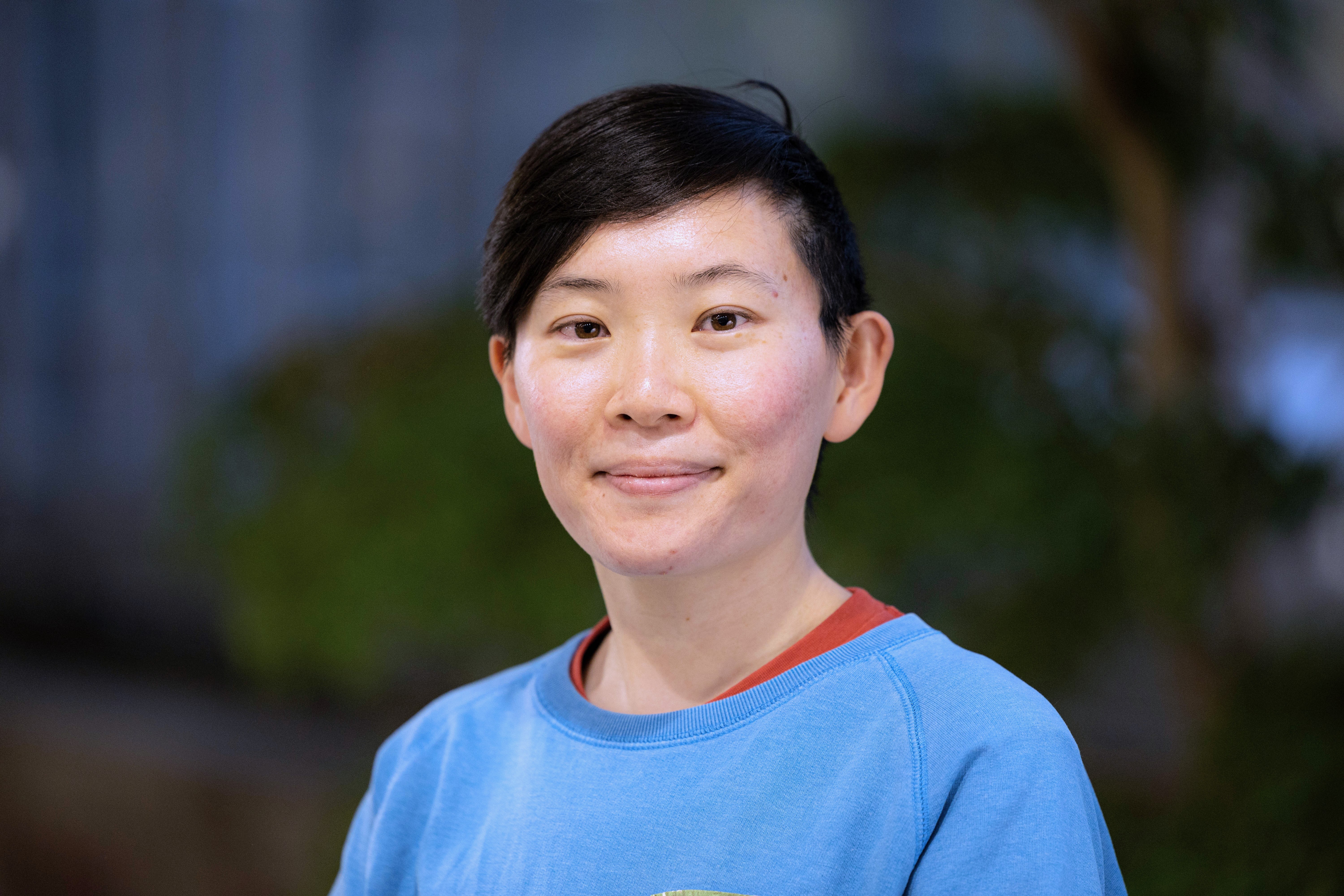I am a postdoctoral researcher with a background in architecture and a PhD in circular economy and cities, where I used GIS to study material flows and urban metabolism. My work now focuses on sustainability data and the built environment, with a focus on circular biobased construction. I am especially interested in connecting industrial ecology methods with the built environment, and I see myself as a bridge between these two worlds. Through this perspective, I aim to make research not only rigorous but also relevant for shaping more sustainable and circular cities.
Tanya's main research/work interest areas:
- Spatial data science for urban sustainability, with a focus on GIS and spatial statistics
- Circular built environment at the city scale, exploring urban planning and infrastructure decisions for circular transitions
- Environmental assessment of circular and biobased construction
- Bridging industrial ecology methods with practice in the built environment
Tanya's favorite cities and why:
My favorite city is Hong Kong, where I was born and raised. What I love most is its enormous contrasts packed into such a small place — you can walk from luxury hotels to working-class neighborhoods in minutes, or step out of the financial center and be in the middle of lush nature just 10–15 minutes later. It’s also a place where East and West meet in unique ways. On a more everyday level, the food is incredible, and the public transportation system is world-class — something I only truly appreciated after living elsewhere.
How did you get interested in cities research? What drew you to sustainability topics?
I first became interested in sustainability and the circular economy during my master’s in architecture at TU Delft, where I took a course led by Studio Rotor, a pioneering circular design and deconstruction practice in Belgium. That experience shifted how I saw buildings: as an architect, I was trained to think of them as objects to be shaped, but sustainability introduced me to a systems-oriented perspective. Suddenly, a building was no longer a static object but part of a vast global network of materials, energy, and people. This shift fascinated me and continues to inspire my research. When I extended this lens to cities, the systemic perspective became even richer — seeing not only how buildings connect to their immediate environment, but how infrastructure, materials, and energy flows interact across the entire urban fabric. That systems view is what excites me most about sustainable urban systems and continues to guide my work.
Recent publications
Tsui, T., Duarte, F., Venverloo, T., Benson, T. (2024) Spatial Optimization of Circular Timber Hubs. npj Urban Sustainability. https://doi.org/10.1038/s42949-024-00153-0
In this paper, we asked what the optimal scale and location of circular construction hubs in Amsterdam should be: one large hub for the whole region or many small neighborhood hubs? Using spatial simulated annealing, we tested different scenarios and found that 29 local hubs, each serving about a 3 km radius, achieved almost all of the emissions reduction potential at the lowest cost. This shows that smaller, more distributed hubs can be both effective and efficient for circular construction.

